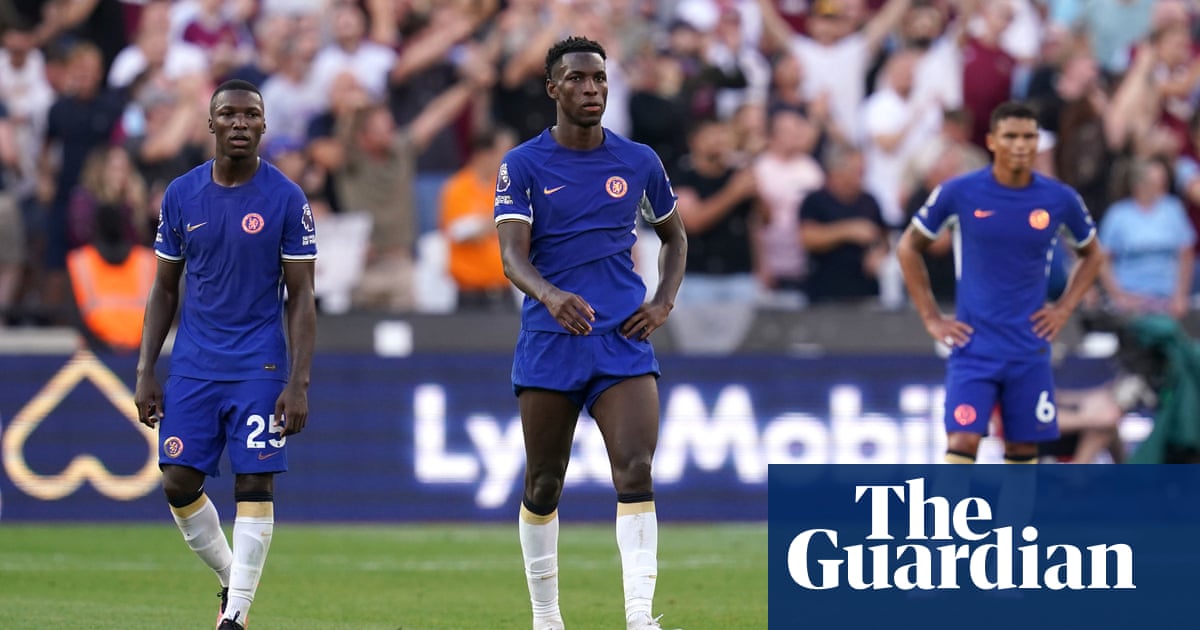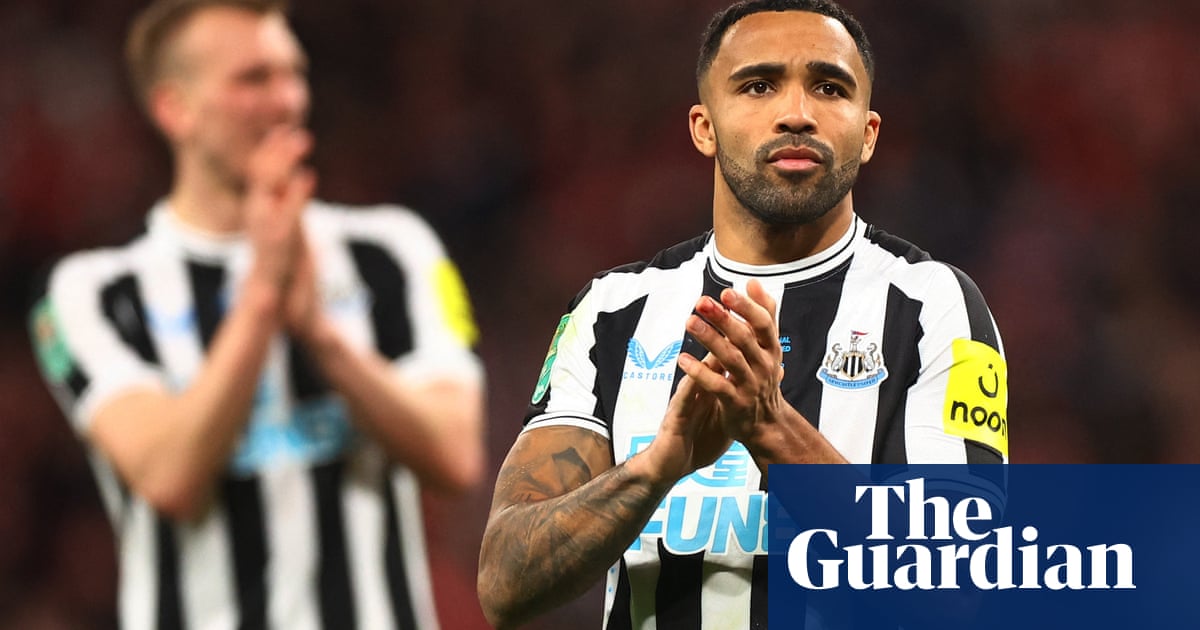
It did not take long – it never does – for all the pre‑tournament hype to sink into grumbling that this is the worst World Cup ever. The pattern repeats, sooner or later, at every major tournament. Perhaps it is simply the surfeit of football – it’s very easy to consume too much and end up feeling nauseated – or the glum realisation that all the wallcharts and sticker albums in the world cannot disguise the fact that if you have 32 teams at the tournament, most of them are not going to be very good.
The dearth of goals is the obvious complaint. As of Friday night, there had been 2.33 per game. By comparison, there were 3.21 per game in the Champions League last season and 2.67 in the Premier League. The lowest average for a World Cup is the 2.21 of 1990.
Whether that makes this a poor tournament is a slightly different question: World Cups tend to be defined as much by their storylines and drama as by the actual quality of the football and so far there has been plenty of that – from Julen Lopetegui’s pre-tournament sacking to Russia’s discovery of some unexpected form to the struggles of Argentina.
But goals, clearly, are an issue. The pattern has been clear for at least three decades and is predictable and natural. The lack of time available to coaches mean that they, naturally, make a priority of defensive structures over attacking ones: while an under-drilled attack can always conjure a goal from nothing, an under-drilled defence will always concede. Besides, defensive principles are relatively universal; much less adaptation is required than for attacks that can vary wildly.
The result is that teams attack with less fluency and pace than they do in the club game – each pass takes a fraction of a second longer because moves have not become instinctive – which in turn makes it easier to defend against them.
Then there is the mismatches that regularly occur in international football leading to a tendency for one team to dig in, packing players behind the ball and denying the opposition space. That makes attacking extremely difficult, particularly for teams that lack the polished interaction sides display at club level. Iran’s performance against Spain was a classic of its kind, a narrow back four and five midfielders often becoming a 6-3-1 that stifled more gifted opposition for most of the game.
It is no coincidence that the two sides that have set their defensive line deepest – Mexico, eschewing their usual pressing game against Germany, and Iceland, playing to type against Argentina – were also those that achieved the most eye-catching results.
That general approach of packing men deep, along with VAR producing more penalties and perhaps discouraging defenders from grappling in the box at corners, may also explain why such a high proportion of goals have been scored from set-plays: 50%, as of Friday’s games, as opposed 24% four years ago (although as the sample size increases, that is likely to return to less outlandish levels).
That is not to blame those sides, who have a duty to do what they can within the laws of the game to achieve the best possible result. But it is perhaps to wonder how dangerous the pattern is for the general spectacle. It is an issue that has faced the World Cup for some time and will become even more prevalent after the expansion to 48 teams. It is an issue in football generally as the gulf between rich and poor grows ever greater and matches even within the same league become ever more unbalanced.
Certainly, the low scoring at the World Cup should not be taken as evidence of increasing equality between the continents, a subject on which Iran’s coach, Carlos Queiroz, was surprisingly animated. “In Asia, the development process is struggling at both national and youth level and by that I mean absolutely everything. It means coach education, youth development, infrastructure, facilities – everything – Europe is taking off and the others are being left behind.
“The only nations that are able to compete in the World Cup are those with luck and those who are able to play for clubs in Europe, and that’s not just in Asia but also Africa and elsewhere. People point to Morocco or Senegal as strong African nations, but what they really are is African players playing in Europe.
“I’ve been coaching for 37 years and I can tell the gap between Europe and the rest is only growing. Eight years ago it was bad, four years ago worse and now it’s even worse.”
By Europe, he means not every Uefa nation but those four or five who financially dominate to the extent that they absorb almost every gifted player. And that means more one-sided games of one team going into the bunker and, as the Russian journalist Vasily Utkin said of Iceland, looking to do no more than “resist fire from artillery weapons”.
Of more progressive football there has been little at this tournament, with the one side that promised something new, Argentina, never quite embracing the 2-3-3-2 blueprint of Jorge Sampaoli and collapsing into anarchy as they tried to operate a back three against Croatia. The revolutionary shape – actually just a 4-4-2 diamond with very attacking full-backs – was an ambitious attempt to reconcile Sampaoli’s hard-pressing principles with a sluggish defence.
But instilling radicalism at international level is all but impossible in the time available. That Sampaoli did with Chile was largely the result of years of preparation by Marcelo Bielsa.
Lionel Messi had warned that the 3-4-3 shape did not suit him because it naturally drew defenders into his zone and so it proved while the insistence on having the wing-backs push high meant that, as against Iceland, Argentina were desperately vulnerable on the flanks.
Sampaoli could play like that with Chile because his side pressed well enough to drive the opponent back. Argentina lacked the pace, the organisation and perhaps even the inclination to do so. The lesson was hard-learned, but this is international football: only in very specific circumstances, with settled squads and a long-term plan, can teams attempt anything tactically complex or look to press with anything like the sophistication and drive of club sides.
Against that is the tendency of national sides to focus on one key player. That has worked well for Portugal and rather less effectively for others teams, particularly those less box-focused players who can be crowded out by massed midfields (Messi with Argentina, Neymar with Brazil, Robert Lewandowski with Poland).
But this is the fundamental difficulty of international football that remains, emphatically, a team game, but where attacking is left to individuals, defences prevail and the goals dry up. The Guardian Sport











